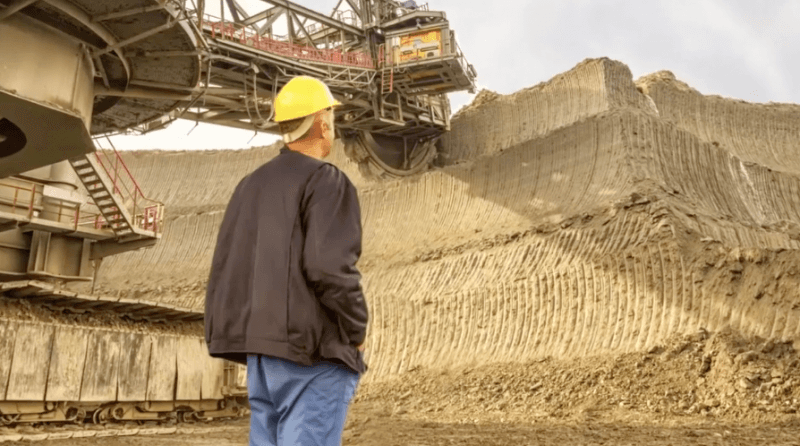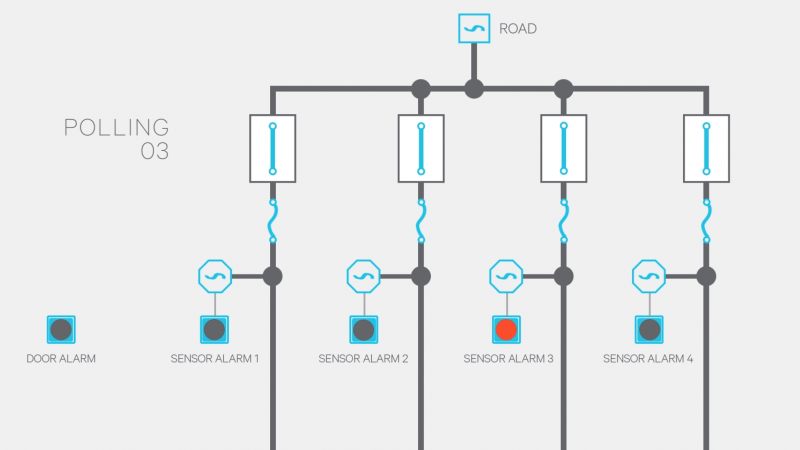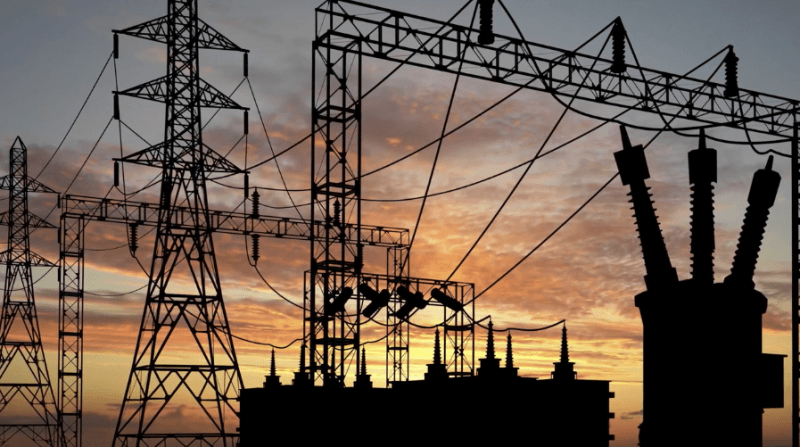Introduction to Industrial Control Systems
How SCADA Works
Benefits of Industrial Control Systems
This course is taught by Philip Mullins, the Senior Marketing Manager for DMR Tier 3 at Tait Communications. In this course, Philip will discuss industrial control systems, specifically DMR industrial control systems and why choosing this technology might be the best choice for your organization.
You’re probably wondering, “why discuss Industrial Control Systems on the radio academy?” The answer is that the new DMR Tier 3 standard has enabled incredible use cases well beyond voice, and data is simply one of them. This data can enable Industrial Control Systems, making them a key value proposition for DMR Tier 3 that drives standard adoption and increasing value to the customers who adopt it.
Benefits:
1) Increased Health and Safety
The primary benefit for industrial control systems in general, including SCADA, is health and safety. Being able to understand the environment in which workers are being dispatched to or entering can give you the critical advantage in keeping them safe.

For example, in a mining environment, sensors can relay information across the DMR Tier 3 network that can report if the mine is stable or if there are harmful chemicals in the air. With this information, the correct and safe course of action can be taken from there.

In a utility or water utility environment, information stating that there is a power line on the ground that’s energized can prevent loss of life. There are many benefits of understanding the physical world in which workers are being sent into.
2) Minimization of threat or exposure
The second benefit of operating industrial control systems over DMR Tier 3 is the ability to control and minimize threat or exposure that is created when there is a failure or fault.

When a power line goes down, an industrial control system or SCADA system can detect this, particularly if there is a monitor that can alert Control that a pole is down or a line is actually touching the ground. Not only can workers be warned of this, but the fault area can be remotely isolated and turned off to protect people around it. This includes workers as well as the public in general.
3) Protection of Assets
Protecting assets is the third benefit. Assets can be protected through prevention, for example when a fault is identified such as an overvoltage condition, the exposure that transformers downstream have to overvoltage can be minimized.

Some transformers are multimillion-dollar assets, in avoiding an overvoltage condition assets can be protected. In understanding the exposure a transformer has had to overvoltage, you can get the same equivalent life cycle out of the asset through managing load or reducing the threshold of load if it has seen overvoltage multiple times.
Protecting assets and optimizing asset life is the key function of all industrial control systems.
 Radio Academy
Radio Academy





